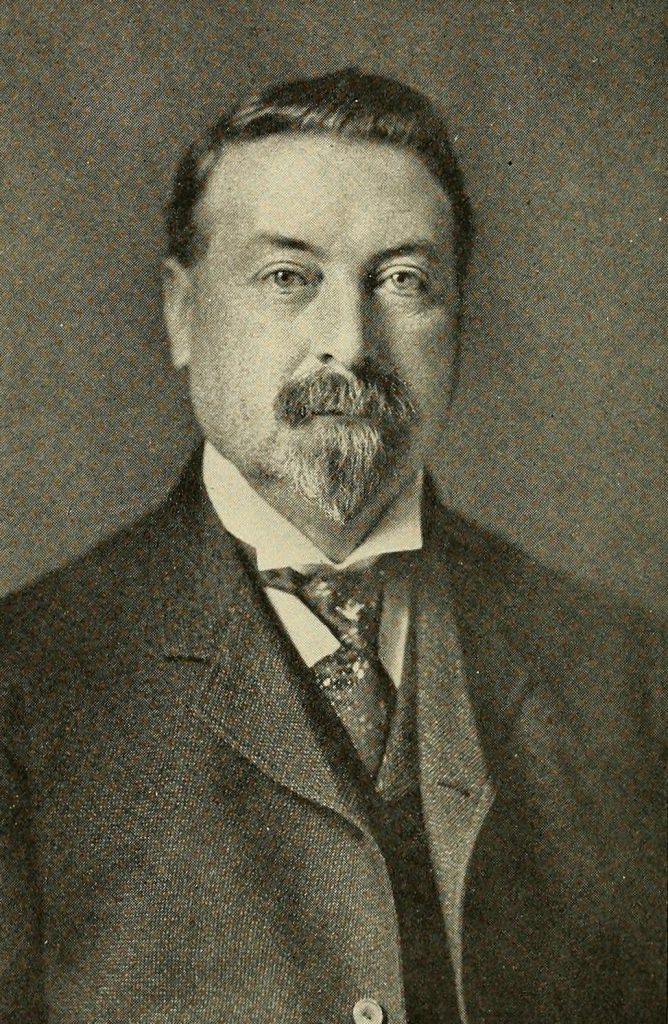This post was written by Michelle Farias, intern in the Dibner Library of the History of Science and Technology. For more in this series, see previous posts about Edward Jenner more »
Category: History and Culture
While at the Smithsonian Libraries Research Annex (SLRA) during the second week of my Smithsonian Libraries internship, I was asked to select and research texts in SLRA’s collection for the Adopt-a-Book Program. Adopt-a-Book is an opportunity for bibliophiles to “adopt” a book from one of the Smithsonian Libraries’ twenty-one branches, granting them acknowledgement through a virtual bookplate in the SIL online catalog, SIRIS. Potential donors can view the books up for adoption on the Libraries website, along with a brief history and description of each. In addition to generating revenue, Adopt-a-Book is a great way to tell and preserve the stories of physical texts; as I quickly discovered, each book has a unique, often untapped past.
One of the most basic things in a library is the book shelving. Let’s go back to the late 19th Century for a look at shelving from that time period. This trade catalog from 1895 has a few examples.
“George Sarton, a founder of the history of science as an academic discipline, argued that scholars should pay close attention to portraits. These images, he said, can give you ‘the whole man at once.’ With a ‘great portrait,’ Sarton believed, ‘you are given immediately some fundamental knowledge of him, which even the longest descriptions and discussions would fail to evoke.’ Sarton’s ideas led Bern Dibner to purchase portrait prints of men and women of science and technology. Many of these are now in the Smithsonian’s Dibner Library of the History of Science and Technology.”
– Deborah Jean Warner, Curator, Physical Sciences Collection
Cultivating America’s Gardens, our newest exhibition produced with Smithsonian Gardens is now open in the National Museum of American History and features many colorful seed catalogs from our collection. This post, highlighting seedsman John Lewis Childs, was written by social media intern Trudi J. Antoine.

While some children played games and chased the pavement, John Lewis Childs pursued a dream of playing in the dirt. Starting from the ground up, horticulturist and businessman, John Lewis Childs made his way as a young lad to East Hinsdale, a town bordering Queens, New York, with only a glimmer of where his path would take him. He was only seventeen.
Mark your calendars! In conjunction with Smithsonian Gardens, Smithsonian Libraries is pleased to present the first two events in our Cultivating America’s Gardens programming. Explore and celebrate the history of American gardening with us!
The Preservation Department of the Smithsonian Libraries (SIL) has been preparing materials for the past year for the upcoming exhibition in the SIL Gallery, National Museum of American History, Cultivating America’s Gardens. Drawn mainly from the collections of the Smithsonian Libraries and Smithsonian’s Archives of American Gardens, it is a cooperative curatorial effort of both units.

